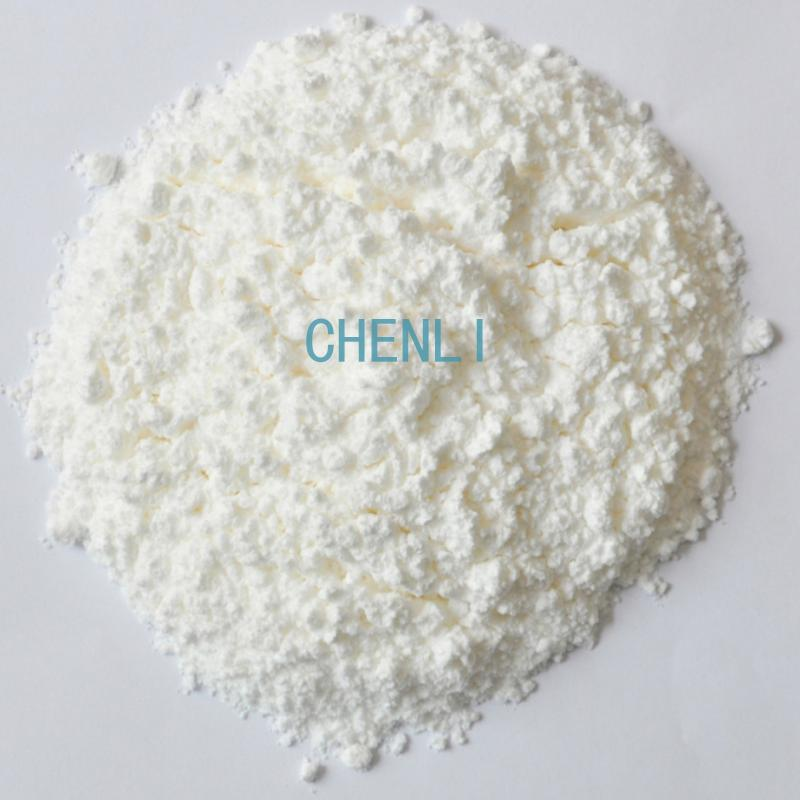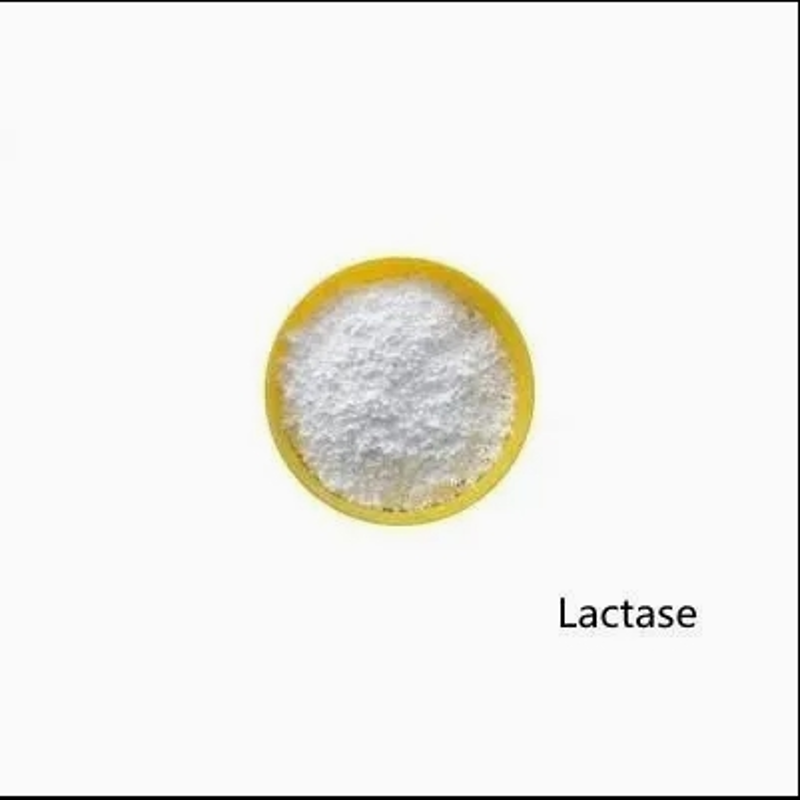-
Categories
-
Pharmaceutical Intermediates
-
Active Pharmaceutical Ingredients
-
Food Additives
- Industrial Coatings
- Agrochemicals
- Dyes and Pigments
- Surfactant
- Flavors and Fragrances
- Chemical Reagents
- Catalyst and Auxiliary
- Natural Products
- Inorganic Chemistry
-
Organic Chemistry
-
Biochemical Engineering
- Analytical Chemistry
-
Cosmetic Ingredient
- Water Treatment Chemical
-
Pharmaceutical Intermediates
Promotion
ECHEMI Mall
Wholesale
Weekly Price
Exhibition
News
-
Trade Service
Brazil's government said recently that biofuels will be used in the second half of next year near the cities of President pruddente, 560km west of the capital, and Pirapozinho.
this is the first time a Brazilian city has used biogas (methane) from sugar cane slag as fuel, which will then be 45 per cent cheaper than the current price of fuel transported by vehicles.
biogas is produced by biofermentation of sugar cane slag, wine and sugar cane straw, Brazil's Sao Paulo newspaper reported on May 19.
biogas produced by the gas will be transported to its destination via gas pipelines in accordance with the needs of consumers in each city.
is understood that the total investment of the project is 160 million heao, of which 130 million heao investment in the city of Narandiba, located 60 km south of the president's town of Prudente Cocal plant, where the government will produce biogas.
, according to Paulo Zanetti, general manager of the Cocal plant, which produces 67,000 cubic meters of biogas per day.
30 million heao will be allocated to Gas Brasiliano, a subsidiary of the state government of S?o Paulo that delivers gas to cities in the state.
Gas Brasiliano estimates that the current gas demand in the cities of Prudence and Pilapozinu is 125,000 cubic metres.
State Department of Infrastructure and Environment said the state government had enacted Resolution 744 in 2017 to allow the delivery of biogas fuel in natural gas pipelines.
researchers believe that burning biogas minimizes greenhouse gas emissions, is an economically and ecologically appropriate alternative, and can also contribute to the expansion and diversification of the national energy matrix.







